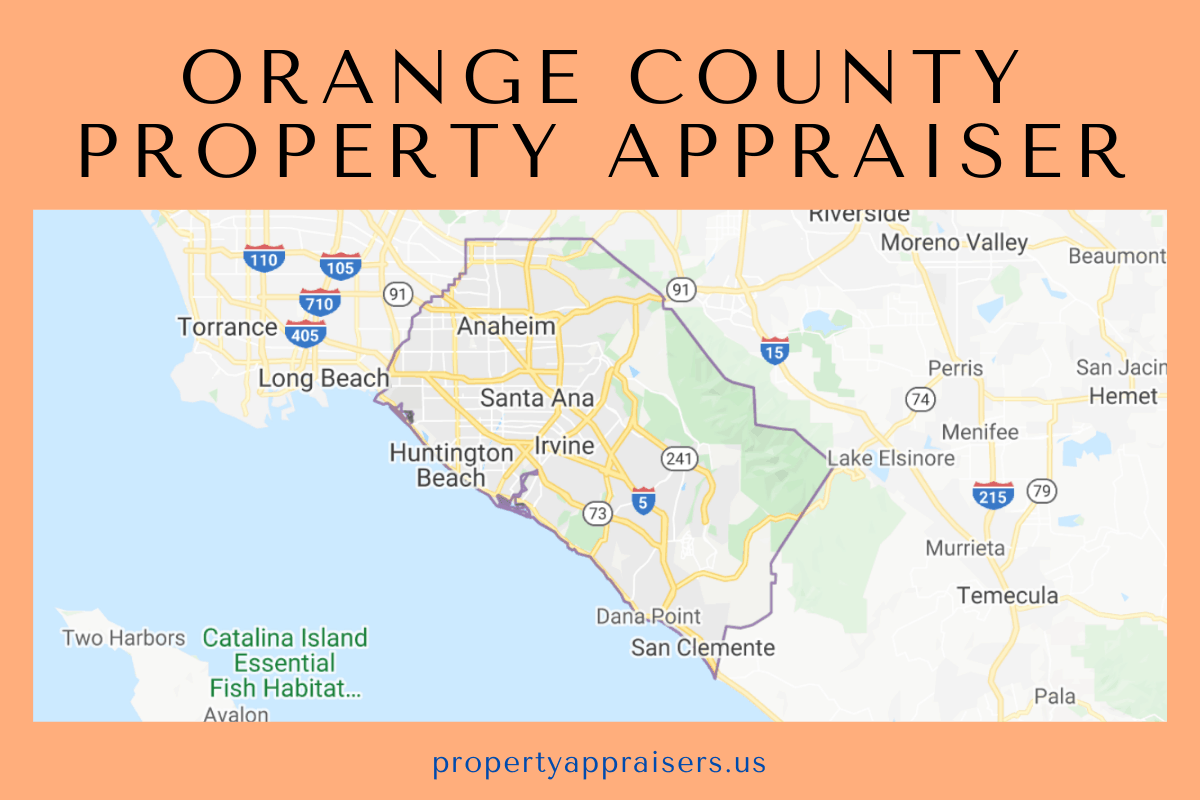
Adjustments are made for financing, condition of sale, date of sale, physical characteristics, location and any other significant differences to determine the value of the subject property.

Market or Sales Comparison Approach: Sales illustrating a highest and best use similar to the subject property and sold close to the valuation date are analyzed for comparison to the subject property.
Irc property appraiser professional#
Professional judgment should be used to select the approach(es) ultimately used and the method(s) within such approach(es) that best indicate the value of the property. The appraiser should consider the appropriate valuation approaches, such as the market approach, the income approach and the cost approach. In developing a valuation conclusion, appraisers should analyze the relevant information necessary to accomplish the engagement.Īpproach to Value - The Valuation Process: The appraiser should determine which methodologies are to be utilized in developing the opinion of value of the subject property.

Such other factors which, in the opinion of the appraiser, are appropriate for consideration.Ī complete description and location of the property includes: The economic outlook in general and the condition and outlook of the specific property in particular. Information relating to any other agreements or understandings entered into (or expected to be entered into) that relates to the use, sale or other disposition of the property, including, for example, any sale of the property since valuation date. The date (or dates) on which the property was appraised. The cost, date and manner of acquisition. Information and, if available, photographs of the subject property and neighborhood if applicable. If the property was rented prior to or after the valuation date, then the dates the property was leased, rental terms, copies of original lease contracts, revised contracts and renewals, rent rolls and a history of income and expenses. Both periods of sales should include the sales dates, prices, mortgage amounts, and the names of the sellers, buyers and mortgage lenders.

The history of the property, including any sales within the five (5) years preceding the valuation date or any sales since the valuation date to the present. The owner of record and, if practical or available, copies of deeds, plat maps, blueprints and surveys. Refer to the Engineering web page for available valuation resources.Ī complete description and location of the property.Īny consideration of rights or encumbrances such as water, riparian, mineral, easements, and rights-of-way. Additional risk analysis should be conducted mid-way through the engagement per IRM 4.10.3.2.2, Mid-Audit Decision Point (50% Rule). Quality planning is a continual process throughout the valuation engagement. Their managers will supervise the staff involved in the valuation process. See IRM 4.25.12.4 Estate and Gift Tax, Valuation Assistance, Referrals to Engineering Services.Īppraisers will adequately plan the valuation services to be provided in the engagement. SB/SE requires an engagement letter within 30 days of engagement. If an "engagement letter" is needed, the initial letter should include a risk analysis of the engagement. Also see IRM 4.25.5.4.6.5, Technical Guidelines for Estate and Gift Tax Issues, Risk Analysis, and IRM 4.10.3.2, Examination of Returns, Examination Techniques, Risk Analysis. An initial risk analysis to determine the scope of the engagement should be conducted as the initial planning of the engagement.


 0 kommentar(er)
0 kommentar(er)
